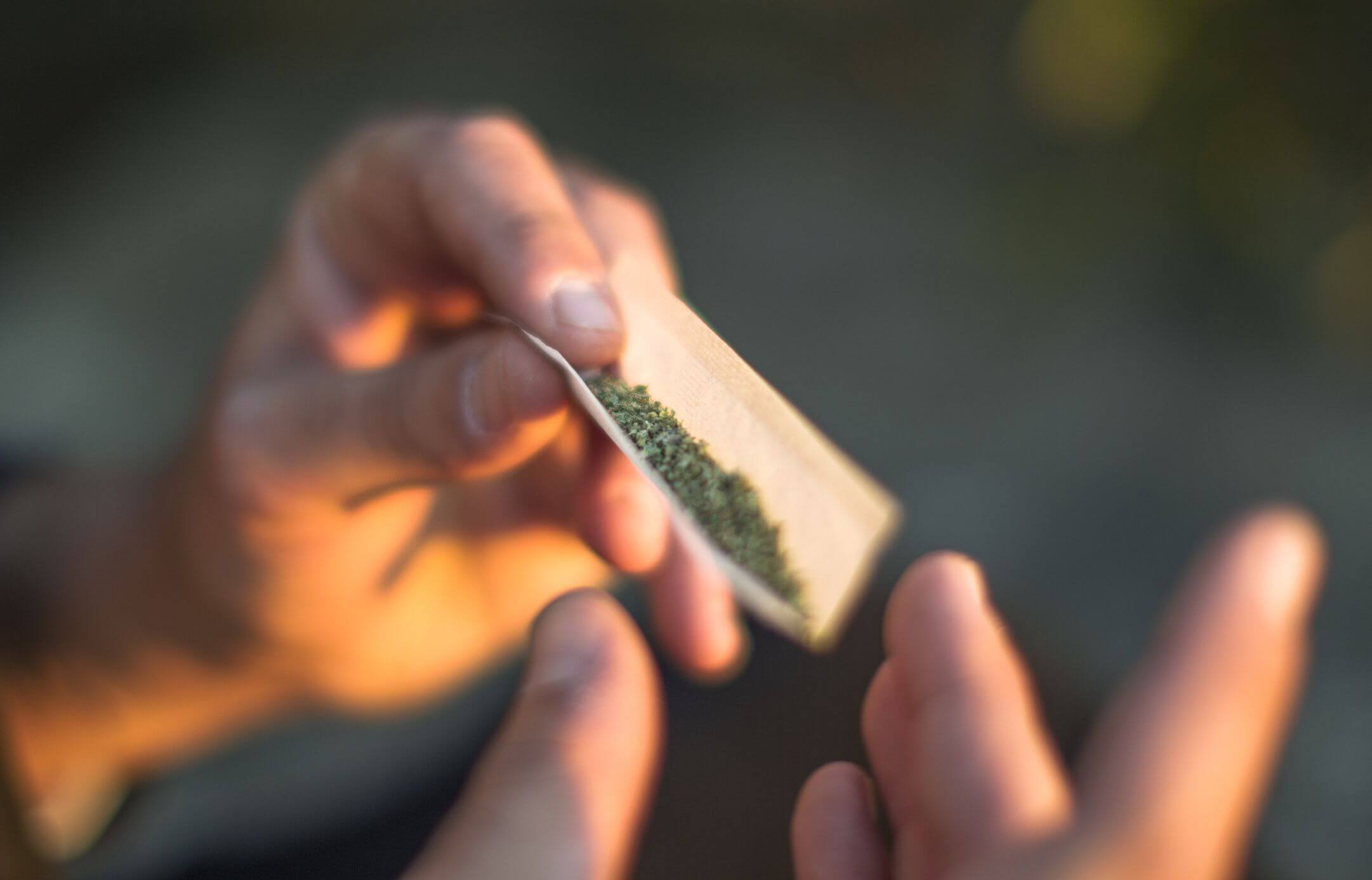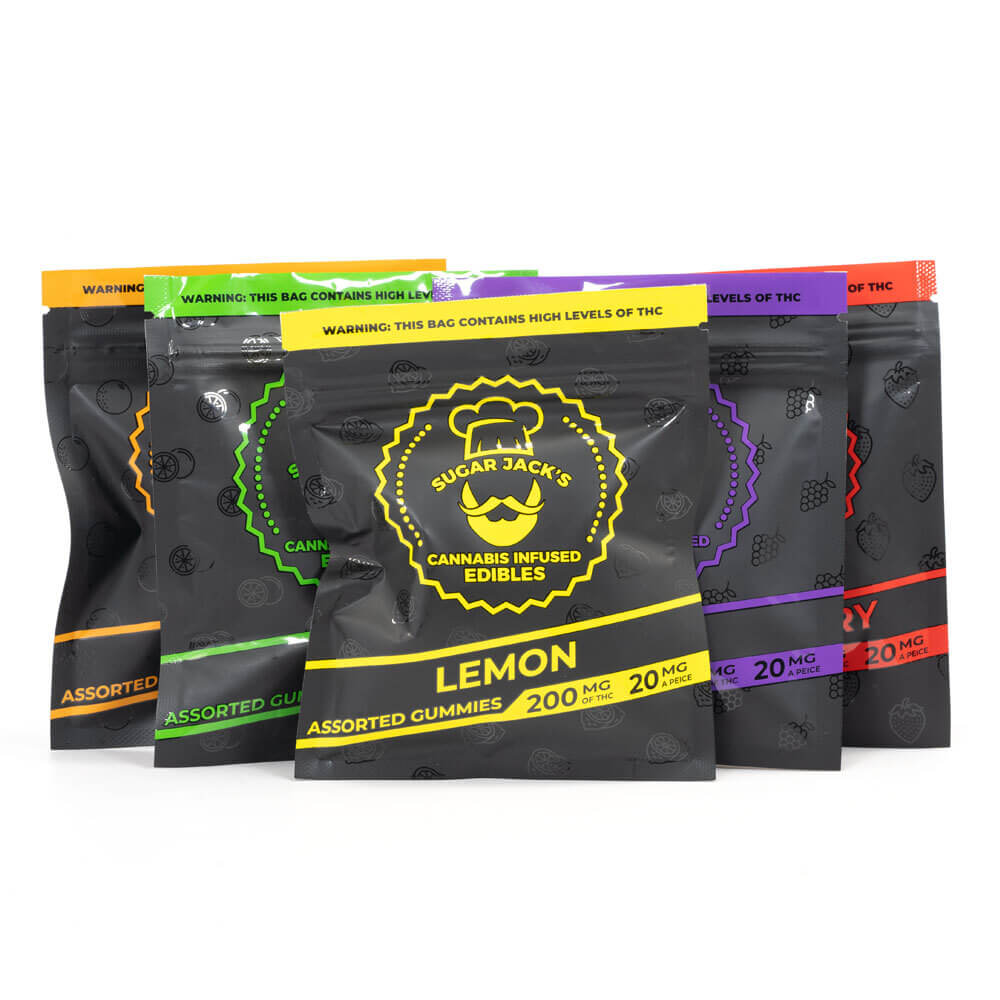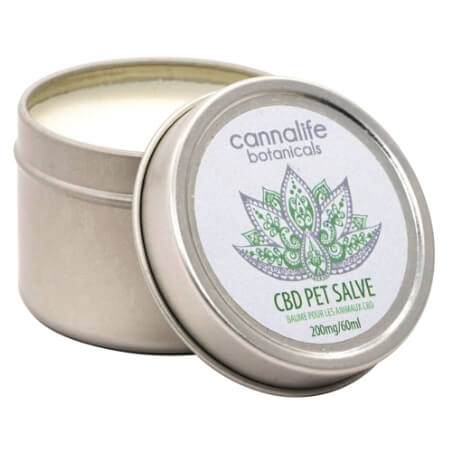No products in the cart.
Is Marijuana a Stimulant? Unraveling the Truth
10 Aug 2023

Marijuana, also known as cannabis, has been a topic of curiosity and debate, especially with the increasing number of states legalizing its use. Many people wonder about the effects of marijuana and whether it can be classified as a stimulant or a depressant. The truth is, marijuana is a complex and dynamic plant that affects individuals in unique ways. In this comprehensive article, we will explore the different aspects of marijuana and its classification as a stimulant. So, let’s dive in and debunk the myths while unraveling the truth about marijuana.
Understanding the Different Drug Types
Before delving into the classification of marijuana, it’s essential to have a basic understanding of the different drug types. Drugs are typically categorized based on their effects and properties. The main drug types include:
- Depressants: These drugs slow down brain function and include substances like alcohol, alprazolam (Xanax), and barbiturates.
- Stimulants: Stimulants, on the other hand, elevate mood, increase alertness, and boost energy levels. Examples of stimulants include cocaine, methamphetamine, and prescription medications for ADHD.
- Hallucinogens: Hallucinogens alter perception and can cause changes in sensory perception, visual hallucinations, and auditory distortions. LSD, psilocybin, and MDMA are examples of hallucinogens.
- Opiates: Opiates are powerful painkillers that produce feelings of euphoria. This category includes substances like heroin, morphine, and prescription painkillers.
Now that we have a better understanding of the different drug types, let’s explore where marijuana fits into this classification.
The Complexity of Marijuana
Marijuana is a highly dynamic plant with thousands of different strains, and its effects can vary significantly from person to person. This makes it challenging to make generalizations about whether marijuana is a stimulant or a depressant. A report published in the Journal of General Psychology states that marijuana acts as both a stimulant and a depressant. However, the experience of using marijuana is highly subjective, and individuals may have varying reactions to it.
Dr. Leigh Vincour, a respected physician and cannabis expert, emphasizes the subjective nature of marijuana’s effects. According to her, it’s impossible to definitively label marijuana as a stimulant or a depressant because everyone reacts differently to the plant. Finding the right dose and strain is crucial for individuals to determine how marijuana affects them personally.
Exploring the Stimulant Effects of Marijuana

To understand whether marijuana can be classified as a stimulant, let’s delve into the characteristics of stimulant drugs. Stimulants activate the nervous system, boost energy, increase alertness, and improve focus. They often elevate heart rate and blood pressure. Examples of stimulants include prescription medications used to treat ADHD, such as Adderall and Ritalin, as well as illicit drugs like cocaine and methamphetamine.
Some strains of marijuana can produce effects that are reminiscent of stimulants. For certain individuals, marijuana can elevate mood, increase heart rate, and provide a sense of alertness. However, it’s important to note that the stimulating effects of marijuana can vary depending on the strain and the individual’s unique physiology.
Examining the Depressant Effects of Marijuana
On the other end of the spectrum, we have depressant drugs, which slow down brain function and induce relaxation. Depressants can make people feel drowsy and can lead to decreased blood pressure, distorted sensory perception, and dry mouth. Examples of depressants include certain prescription painkillers, sleep aids, and drugs used to treat anxiety.
Marijuana, particularly certain strains, can also have depressant effects. Many individuals use marijuana to help with sleep and relaxation. A survey conducted by New Frontier Data revealed that 61% of cannabis consumers use the plant to improve their sleep. These sedative effects of marijuana contribute to its classification as a depressant.
The Role of Cannabinoids and Terpenes
One of the reasons why marijuana’s effects are so subjective is the presence of various active compounds in the plant, particularly cannabinoids and terpenes. Cannabinoids, such as THC and CBD, are responsible for the physiological effects of marijuana. THC, in particular, is known for its psychoactive properties.
CBD, although not psychoactive, can have stimulating or sedating effects depending on the dosage. Low doses of CBD may provide stimulation, while higher doses can induce sedation. Similarly, THC can have varying effects depending on the dose. Very low doses may promote alertness and productivity, while high doses can lead to sedation and even agitation or anxiety in some individuals.
Terpenes, aromatic compounds found in marijuana, also play a significant role in how the plant affects individuals. Different terpenes contribute to the unique flavors and aromas of marijuana strains and can influence the overall experience. Some terpenes, like limonene, are believed to elevate mood, while others, like linalool, have more relaxing properties.
The Individual Experience and Finding the Right Balance
With the complex and subjective nature of marijuana’s effects, it’s crucial to understand that the experience varies from person to person. Some individuals may find marijuana to be stimulating, while others may experience more sedative effects. It’s essential to find the right balance and dosage that works for each individual.
For individuals starting their cannabis journey, it can be a trial-and-error process to determine how different strains and doses affect them. Journaling and documenting the effects of specific products, including cannabinoids and terpenes, can be helpful in understanding one’s unique response to marijuana. Companies like Goldleaf offer science-forward journals designed specifically for this purpose, providing a valuable tool for learning about the plant and personal preferences.
Responsible Consumption and Considerations
Regardless of whether marijuana is classified as a stimulant or a depressant, responsible consumption is always crucial. It’s important to start with low doses and gradually increase as needed. With smoking or vaping, taking one or two hits and waiting for at least 15 minutes can help gauge the effects before consuming more. When it comes to edibles, it’s essential to start with a small amount, such as 2.5 milligrams, and wait at least 90 minutes before considering additional consumption.
Additionally, it’s important to be aware of potential risks and side effects associated with marijuana use. Long-term and heavy use of marijuana can lead to dependency and respiratory issues, particularly for those who smoke it. Individuals should be mindful of their own health conditions and consult with healthcare professionals if necessary.

The Verdict: Marijuana’s Classification as a Stimulant
In conclusion, the classification of marijuana as a stimulant or a depressant is not straightforward. The unique and subjective nature of marijuana’s effects makes it difficult to make definitive generalizations. While some strains and doses of marijuana can have stimulating properties, others may induce relaxation and sedation.
The presence of cannabinoids and terpenes in marijuana further adds to the complexity of its effects. Both CBD and THC can have stimulating or sedating effects depending on the dosage, while terpenes contribute to the overall experience.
Ultimately, the individual’s experience with marijuana will be the determining factor in classifying it as a stimulant or a depressant. Understanding one’s unique response to marijuana through responsible consumption, journaling, and self-exploration will help individuals find the right balance and make informed decisions.
Remember, the effects of marijuana can vary significantly from person to person, and it’s essential to approach its use with caution, mindfulness, and a commitment to personal well-being.
Note: This article is for informational purposes only and should not be considered medical or legal advice. It is always recommended to consult with healthcare professionals or legal experts regarding marijuana use and regulations in your specific location.





